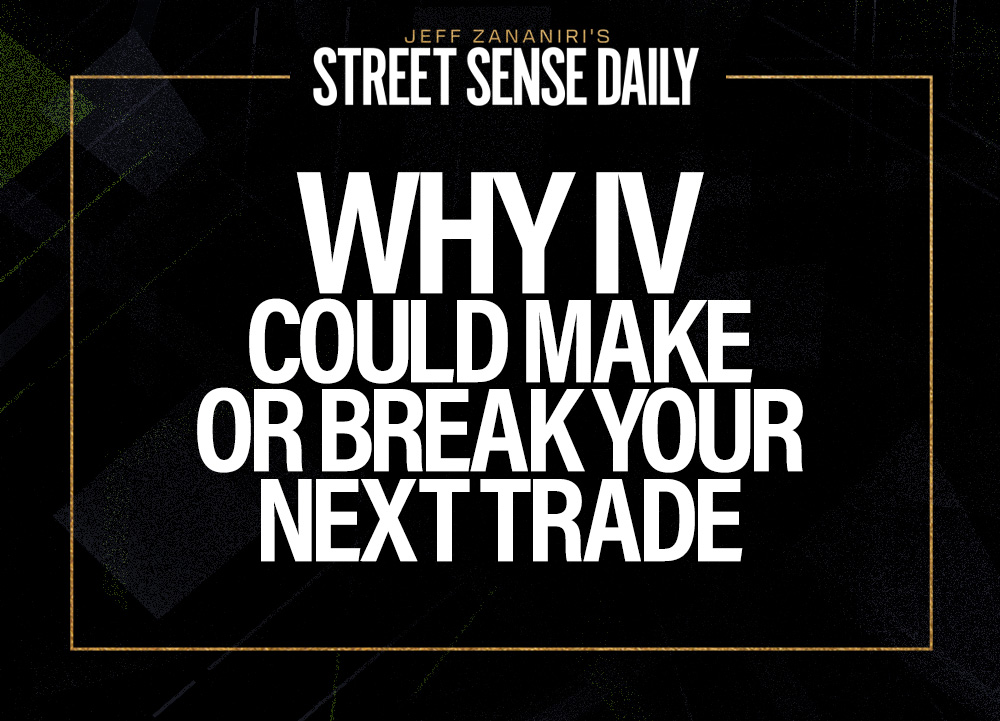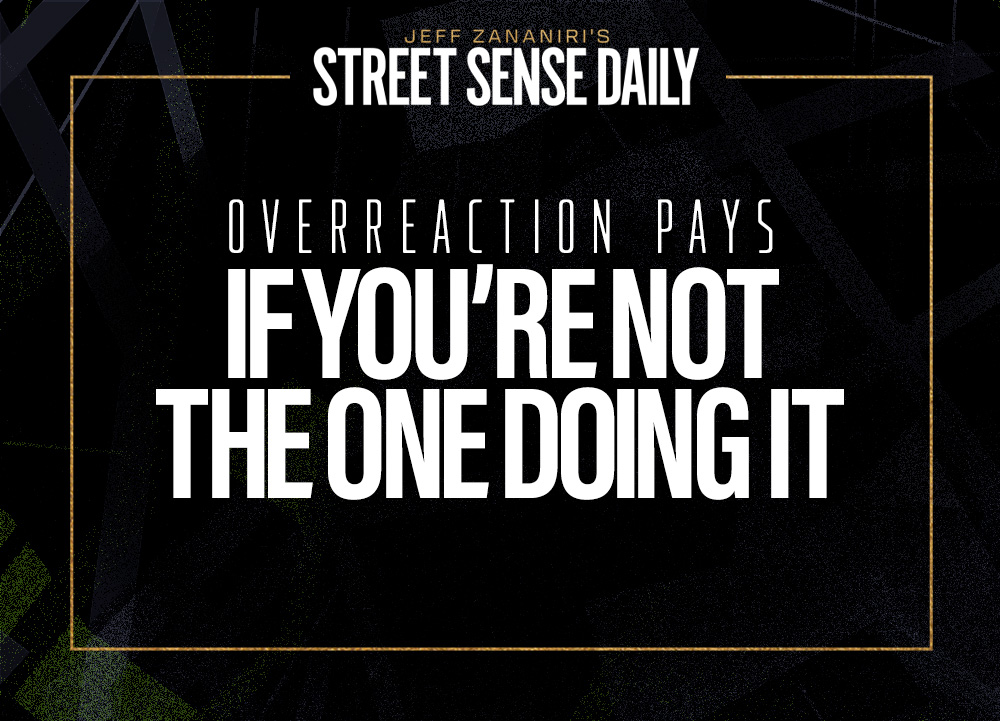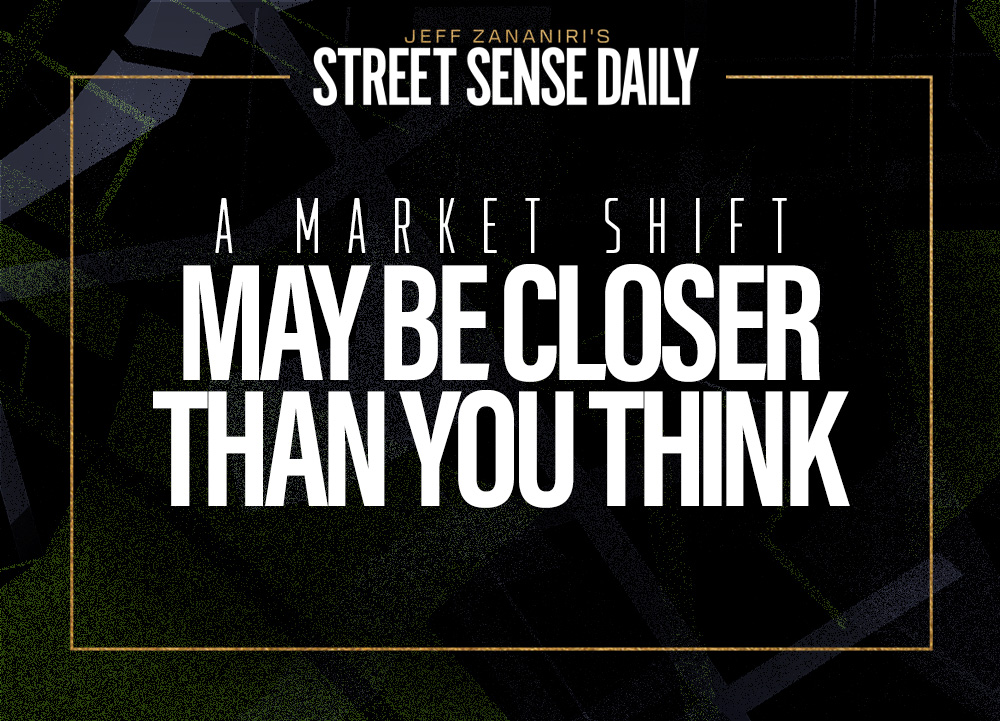Think about the last time you went to the doctor’s office.
What’s the first thing the nurse did besides putting you on a scale?
They took your pulse to make sure it wasn’t too high — or too low.
And imagine how high it would have been if you were excited or upset about something that happened or was about to happen. Or how calm it would have been if you had no worries.
In the same way, implied volatility is a lot like the pulse of the options market.
It tells you how jumpy (how high or low) the market thinks a stock is going to be based on its numbers.
It’s like a fear gauge built into the price of every option contract.
When implied volatility (IV) is high, option premiums are expensive because traders are expecting fireworks.
When IV is low, things are calm and premiums shrink. The pulse goes down.
Knowing how to read IV can mean the difference between overpaying for a trade and walking into a sweet setup.
This is how you do it.
Opportunity Is Knocking
Right now IV is a mixed bag.
The market’s been grinding higher with pockets of extreme movement, thanks to rate talk, tariff uncertainty, and rotating hot sectors like semis and AI.
Some stocks are acting like they’re jacked up on energy drinks, while others are coasting like it’s naptime.
That creates opportunity.
If IV is juiced and you think the stock’s move won’t live up to the hype, you can sell options.
Then you’re collecting fat premiums with the odds on your side if that volatility comes back down.
When IV is cheap and you expect a breakout, either up or down, you can buy calls, puts, or even long straddles.
You’re paying less for that exposure, and if IV spikes or the stock moves big, you’re in the money and out with a profit.
And you should always watch out for earnings plays.
Everyone piles into options ahead of earnings because they expect movement.
IV spikes before the event, then crashes right after — even if the stock moves.
If you bought premium before the release and didn’t get a big enough move, you could lose money even if you were right on direction.
That’s the IV crush.
Know it.
Respect it.
Here’s Where It Gets Fun
Later this week, I’m dropping a zero-day trading strategy I’ve been developing behind the scenes.
This thing is built for speed — trading options that expire the same day.
We’re talking fast setups, quick exits, and defined risk.
And yes, IV plays a huge role in picking which trades are worth touching and which ones to leave alone.
Zero-day is not for everyone.
But if you’ve been itching to learn how the pros are using these tools to pull cash out of the market in one to three hours, you’re gonna want to see this.
I’ll walk through the rules.
I’ll show you the setups.
I’ll even lay out the checklist I run through before pulling the trigger.
This week is the warm-up.
Later in the week, we go live.
And remember: IV is more than a number.
It’s a clue.
And if you know how to use it, it can lead you straight to the trades other people are too slow to spot.
Stay sharp,
— Jeff Zananiri
P.S. Want to spot the next big move before it hits the headlines?
Join Aaron Hunziker Thursday at 2 p.m. ET for a breakdown of the real signal smart traders are watching right now.
He’ll walk you through the structural trigger that’s popped up ahead of major market moves before — and it’s flashing again.
👉 [Save your spot here.]
*Past performance does not indicate future results.



